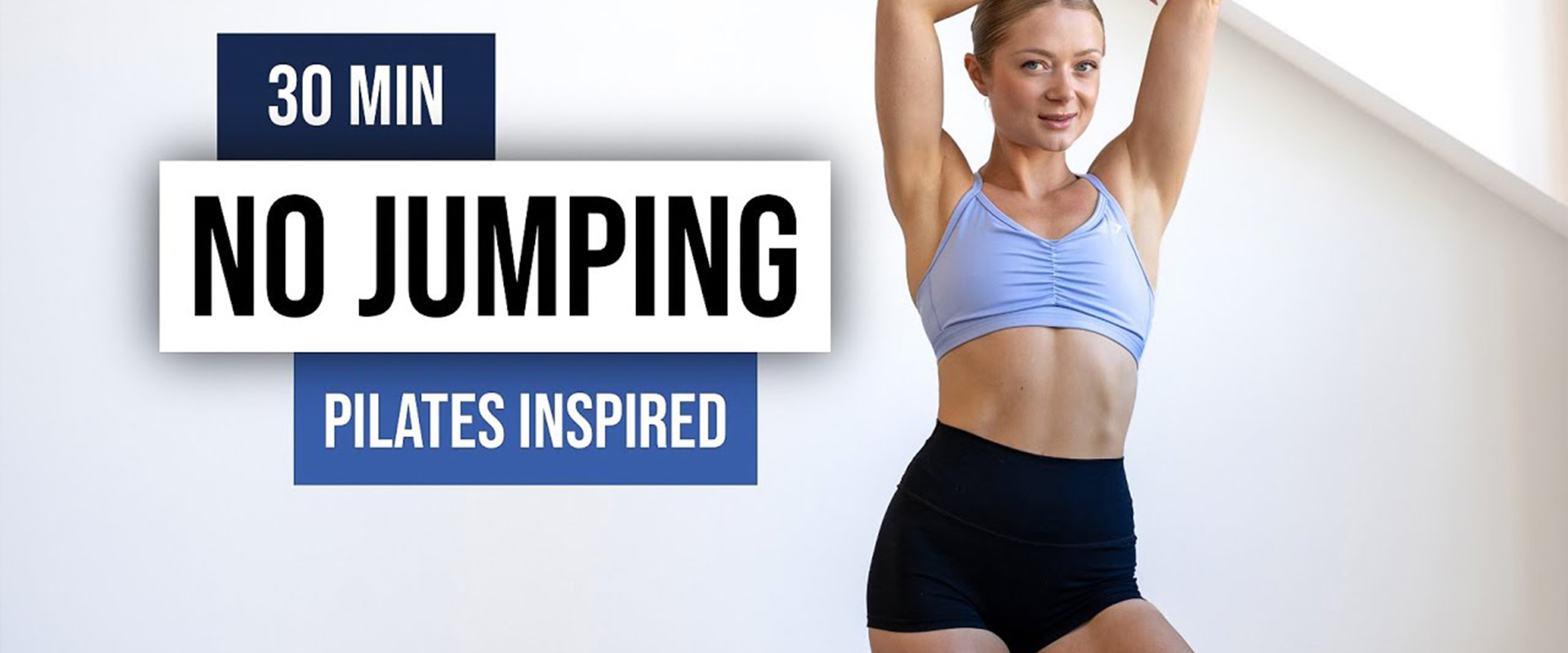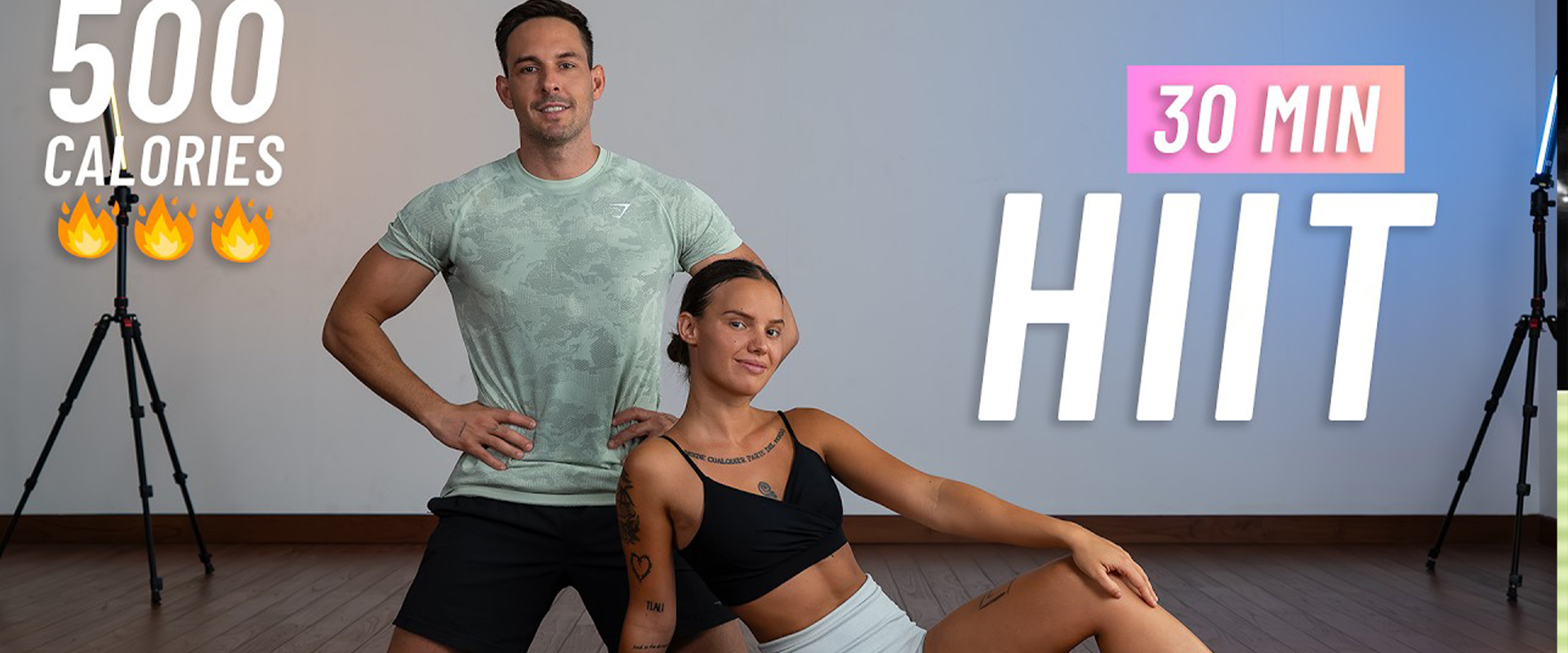DIY Home Insulation Upgrade Experiment
My friend has an old house in Boston with high heating bills during the cold winter months. I experimented with my Ryobi PhoneWorks Inspection scope see what kind of insulation was in his walls. I used my PhoneWorks thermometer to see how adding expending insulation would impact the performance of the room. The interior surface temperature of the wall before I added insulation was about 63 degrees. It took me about 10 minutes to add insulation to a 2 foot section of the wall and afterwards the interior surface was about 68 degrees. You should consult with a qualified construction professional before impacting your building envelope. Expanding foam should be used with caution. Too much foam can occasional warp window frames. It is a great insulator but should not be used near fireplaces or other points of combustion. Step 1: Scan walls looking for insulation weak spots. I used the Infrared thermometer to look at the surface temperature of the wall. Cold spots tell me where there is little thermal resistance between the interior and exterior. Step 2: Drill a Hole through the drywall I drilled a ½” diameter hole just through the drywall. This hole will let me poke the Inspection scope through and see inside the wall. Step 3: Inspect I used to the inspection scope to look inside the wall. I moved it all around and found that there was virtually no insulation in the wall. I was also able to see what the structure of the windowsill looked like. Everything was pretty solid and I didn’t see any exposed old wires so I decided to add spray foam. Step 4: Spray Foam I used Greatstuff brand spray foam to fill up the wall cavity. This is a messy product and expands rapidly to fill all gaps and crevices in the wall. Step 5: Patch the holes Once the spray foam had fully expanded and dried I sealed the holes with putty. Step 6: Test I used the Infrared Thermometer to scan the wall again and found that they were now significantly warmer than before due to the added insulation. Follow us on Instagram to see what we re working on next! Ben: http://instagram.com/benjaminuyeda Jessie: http://instagram.com/ijessup




















